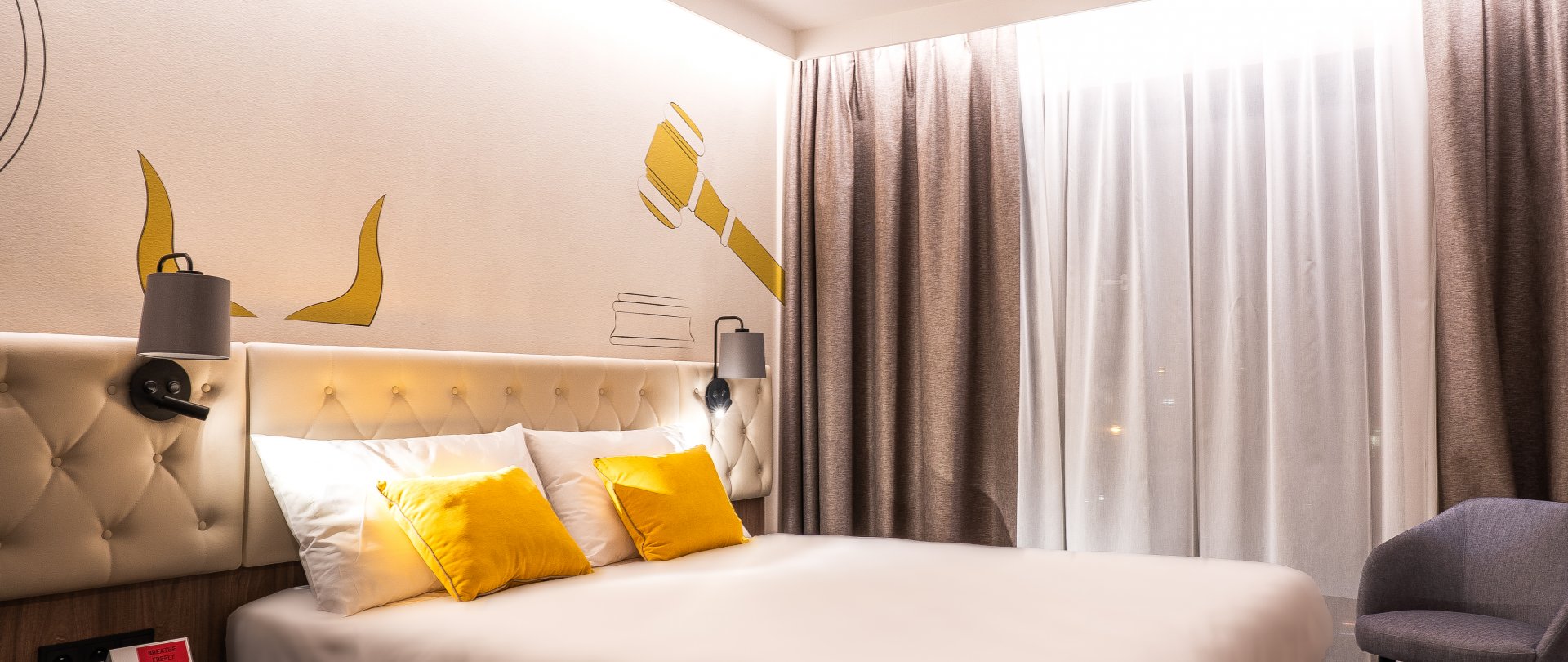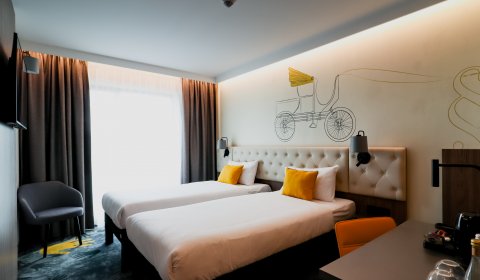At the turn of the 14th century, Lublin burghers were seeking borough rights. However, there was no way they could reach Prince Ladislaus Elbow-High who was then preoccupied with suppressing a mutiny of Cracow and Sandomierz burghers. Finally, an opportunity arose because the Prince was looking for allies and a delegation of several envoys was sent to Cracow. Prince Ladislaus received them warmly and listened to their stories about the town. He was told how a she-goat survived a Tatar invasion and even managed to feed a pack of her offspring in a ravine, and promised the envoys to grant town privileges to their home town. The only thing remaining was to confer a coat of arms on the new town. The Prince agreed with one of the envoys, a Dominican friar, that the coat of arms should depict the she-goat as a memento of the Tartar invasion, and a vineyard. The coat of arms was to be designed and painted by Cracow heraldic artist Mikołaj. But Mikołaj, an old drunk, got lost somewhere and when the Lublin envoys eventually reached his home to collect the work, they were given a wrapped painting. When they unwrapped it on their way back home, they were terrified they would bring dishonour on the town, as they saw an old, long-haired billy-goat gorging himself on grapes. They were wrong – the burghers were so happy with the rights conferred on them that they did not pay any attention to the coat of arms. Source: Lublin Municipal Office
 book online
book online 





